Choosing The Right Telescope For Asteroid Tracking
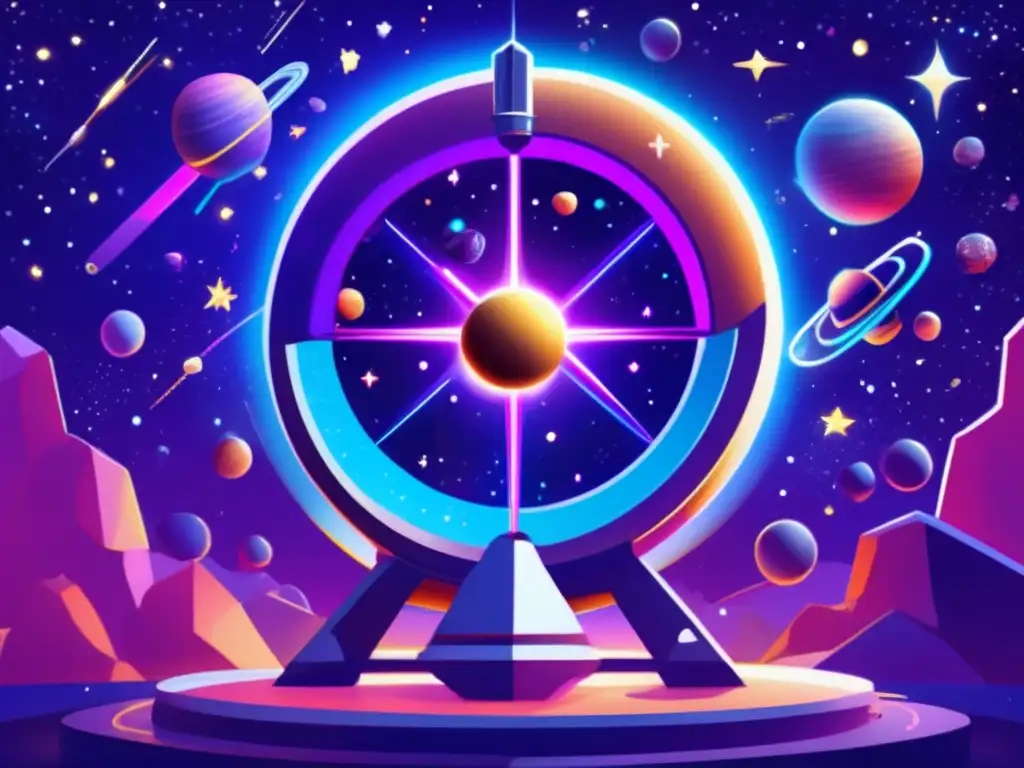
Introduction
Asteroids have captivated humans for centuries, and their study and observation have become crucial in understanding our cosmic neighborhood. To effectively track and study these celestial objects, astronomers rely on powerful telescopes specifically designed for asteroid observations. In this article, we will explore the key factors to consider when choosing the right telescope for asteroid tracking, ensuring an optimal viewing and research experience.
Types of Telescopes for Asteroid Tracking
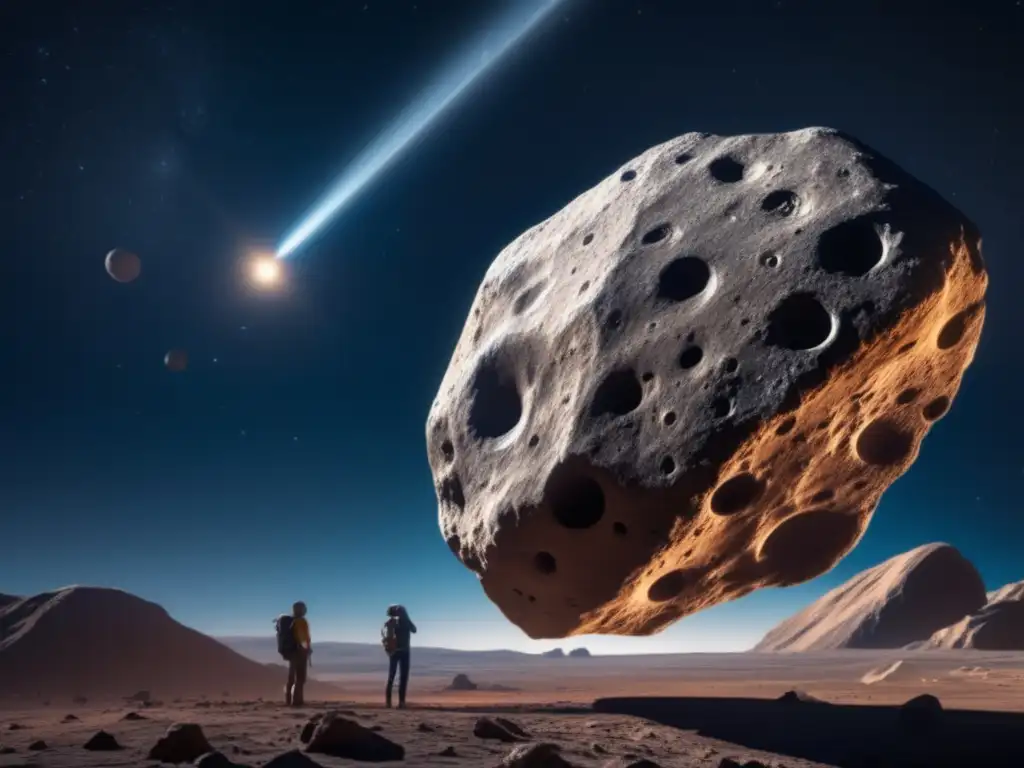
Reflecting Telescopes
Reflecting telescopes, also known as Newtonian telescopes, utilize a curved primary mirror to gather and focus light. They are ideal for asteroid tracking due to their ability to provide high-resolution images and relatively large apertures. These telescopes offer excellent light-gathering capabilities, enabling astronomers to observe fainter asteroids and track their movements accurately.
Refracting Telescopes
Refracting telescopes, on the other hand, employ a lens system to bend and focus light. Although they are not as commonly used for asteroid tracking as reflecting telescopes, refractors offer crisp and sharp images, making them suitable for studying smaller asteroids and capturing fine details on their surfaces.
Catadioptric Telescopes
Catadioptric telescopes combine both reflector and refractor elements, utilizing a combination of mirrors and lenses to form an image. They offer a compact design while still providing excellent image quality. Catadioptric telescopes are popular among amateur astronomers due to their versatility and portability, making them suitable for asteroid tracking both at home and in remote locations.
Factors to Consider

Aperture Size
The aperture size of a telescope determines its light-gathering ability. A larger aperture allows more light to enter the telescope, enabling astronomers to observe fainter objects. When it comes to asteroid tracking, consider a telescope with a minimum aperture size of 6 inches (150mm) for optimal results.
Focal Length
The focal length of a telescope affects its magnification capabilities. Longer focal lengths provide higher magnification, allowing for detailed observations of asteroids. However, it's important to strike a balance between magnification and field of view to track moving objects effectively. A focal length range of 1000mm to 1500mm is generally recommended for asteroid tracking.
Mount Type
The mount type plays a crucial role in stability and tracking accuracy. For asteroid tracking, an equatorial mount with motorized tracking capabilities is highly recommended. Equatorial mounts allow the telescope to follow an asteroid's motion across the sky smoothly, compensating for the Earth's rotation.
Astrophotography and Asteroid Tracking
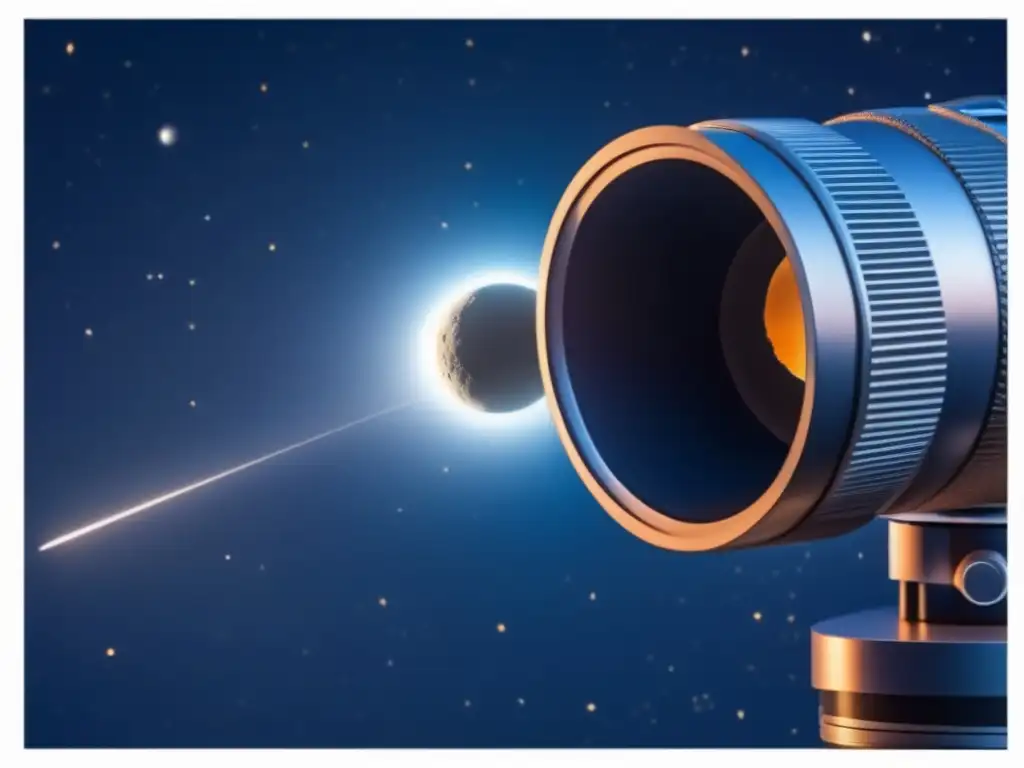
Camera Compatibility
If you intend to capture images of asteroids, ensure that your telescope is compatible with astrophotography cameras. Look for telescopes with T-ring adapters or built-in camera mounts to facilitate easy attachment of cameras.
Autoguiding Systems
Autoguiding systems assist in accurately tracking asteroids during long exposure astrophotography. These systems use a dedicated autoguider camera to monitor the position of guide stars and make automatic adjustments to keep the asteroid in the frame. Consider a telescope with autoguiding capabilities for advanced asteroid astrophotography.
Image Quality
Astrophotography often requires precise focusing and excellent image quality. Look for telescopes with high-quality optics and sturdy construction to minimize image aberrations and ensure sharp images of asteroids.
Frequently Asked Questions
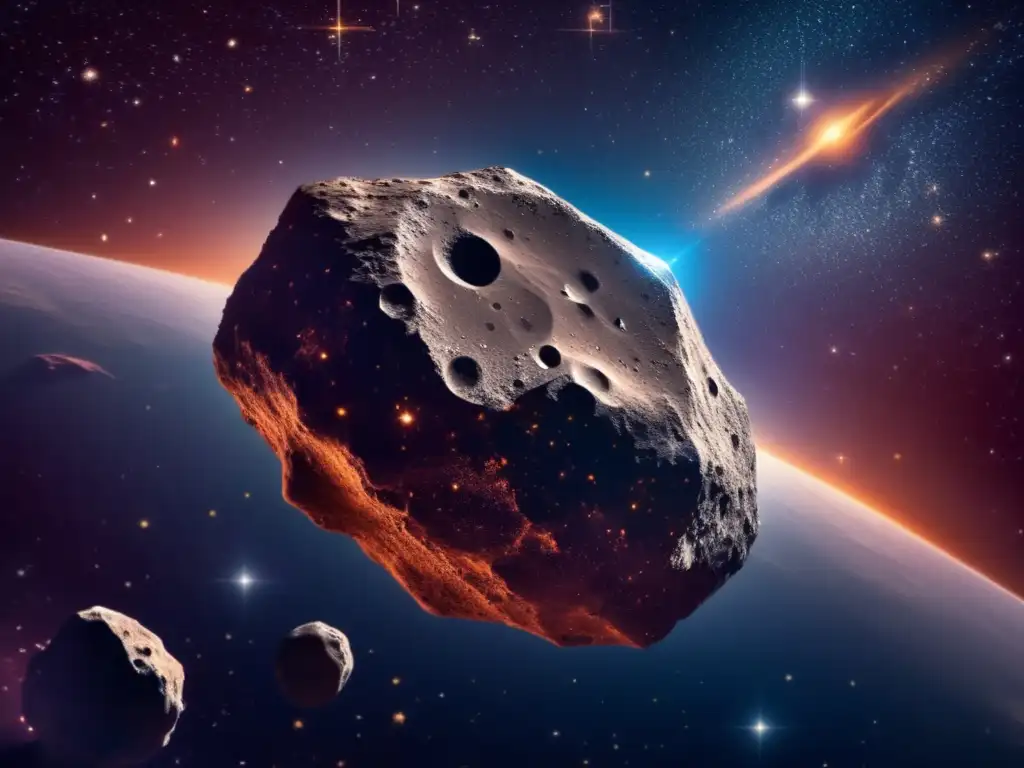
-
What is the minimum telescope aperture size for tracking asteroids?
The recommended minimum aperture size for asteroid tracking is 6 inches (150mm).
-
Are refracting telescopes suitable for asteroid observations?
While reflecting telescopes are more commonly used, refracting telescopes can also be suitable for tracking smaller asteroids and capturing fine details on their surfaces.
-
Why is an equatorial mount recommended for asteroid tracking?
An equatorial mount allows the telescope to track the motion of asteroids across the sky, compensating for the Earth's rotation.
-
Can I capture images of asteroids?
Yes, with a compatible astrophotography setup, you can capture stunning images of asteroids, especially during long exposure astrophotography.
-
Do I need autoguiding systems for asteroid astrophotography?
Autoguiding systems assist in accurately tracking asteroids during long exposures, making them beneficial for advanced asteroid astrophotography.
Conclusion
Choosing the right telescope for asteroid tracking is essential for both amateur and professional astronomers alike. Consider the telescope type, aperture size, focal length, mount type, and astrophotography capabilities to ensure an optimal viewing and research experience. By investing in a suitable telescope, you can embark on an exciting journey of observing and studying asteroids, contributing to our understanding of these captivating celestial objects.
Remember to share your thoughts and experiences in the comments below. Subscribe and engage with www.asteroidrealm.com for more fascinating asteroid-related content. Thank you for your time and happy stargazing!
Additional Resources

For further exploration of asteroid tracking and related topics, check out these additional resources:
- Asteroid Tracking: A Comprehensive Guide
- Astrophotography 101: Capturing Asteroids
- Choosing the Right Equatorial Mount for Astrophotography
 How To Use A Dobsonian Telescope For Asteroid Observation
How To Use A Dobsonian Telescope For Asteroid Observation Understanding The Movement Of Asteroids In The Night Sky
Understanding The Movement Of Asteroids In The Night Sky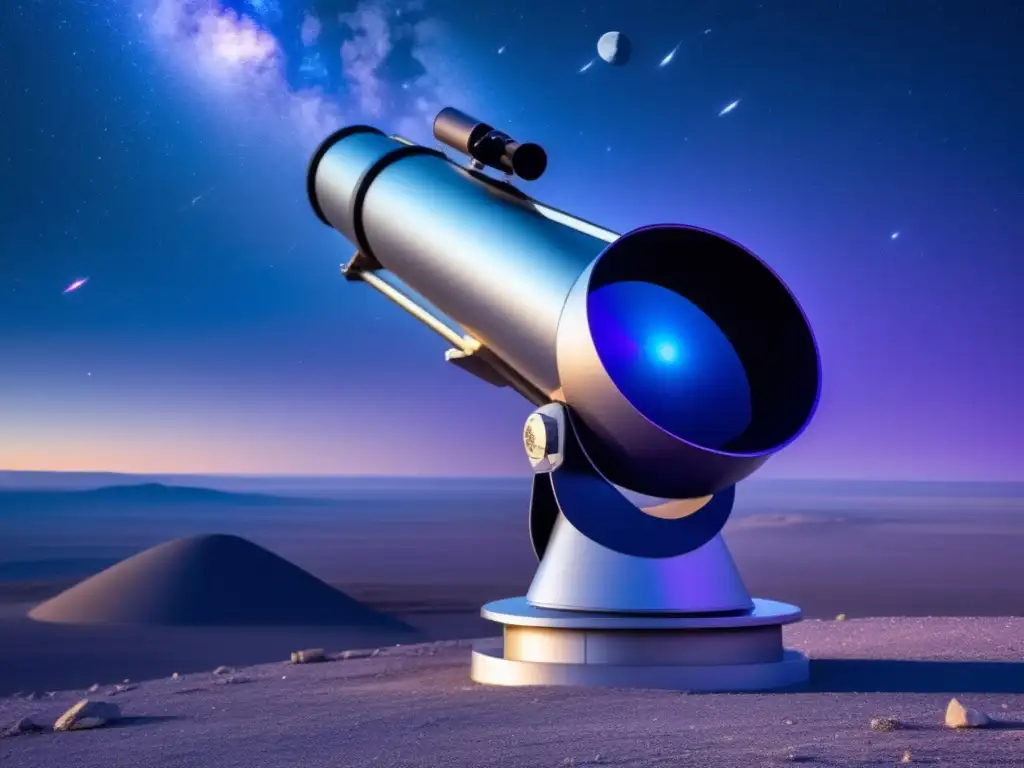 DIY Guide To Building An Asteroid-Observing Telescope
DIY Guide To Building An Asteroid-Observing TelescopeIf you want to discover more articles similar to Choosing The Right Telescope For Asteroid Tracking, you can visit the Telescopes and Asteroid Observation category.
Leave a Reply

Articulos relacionados: